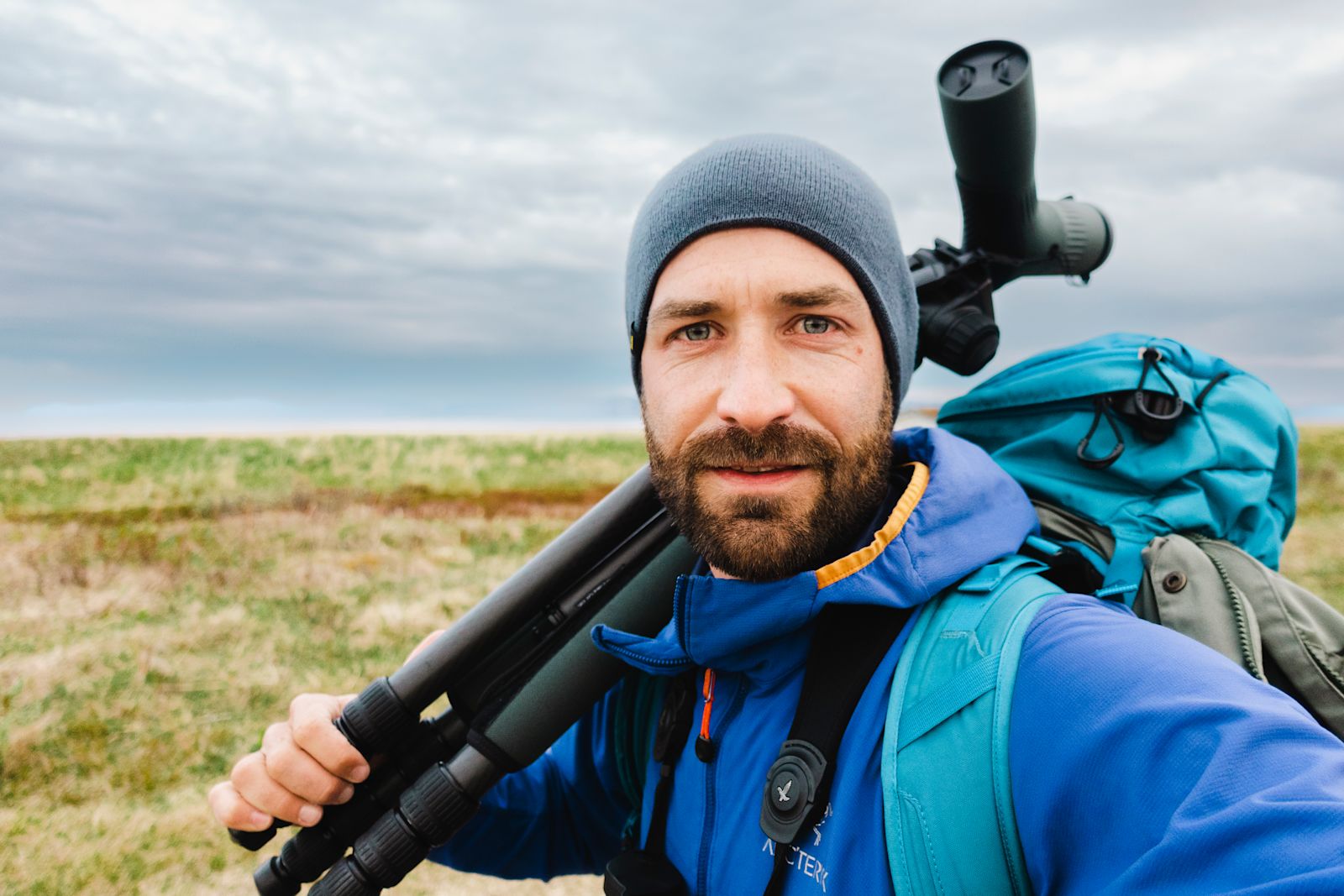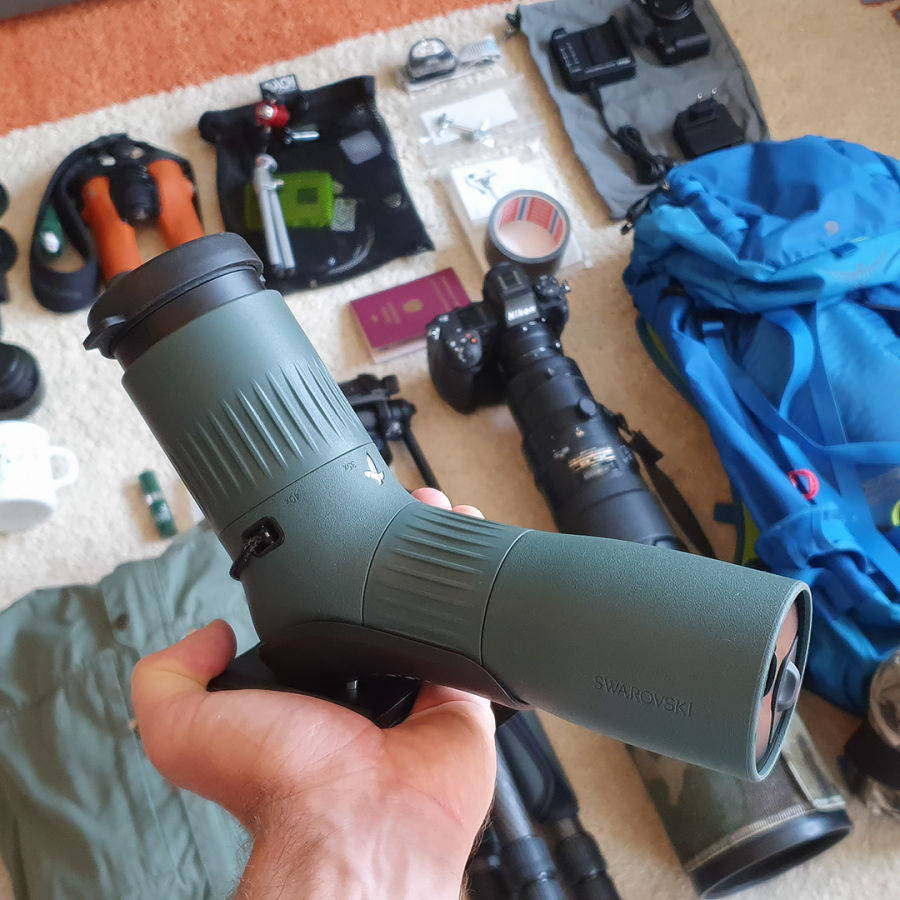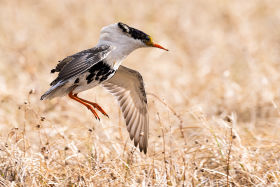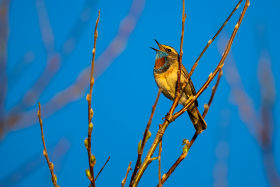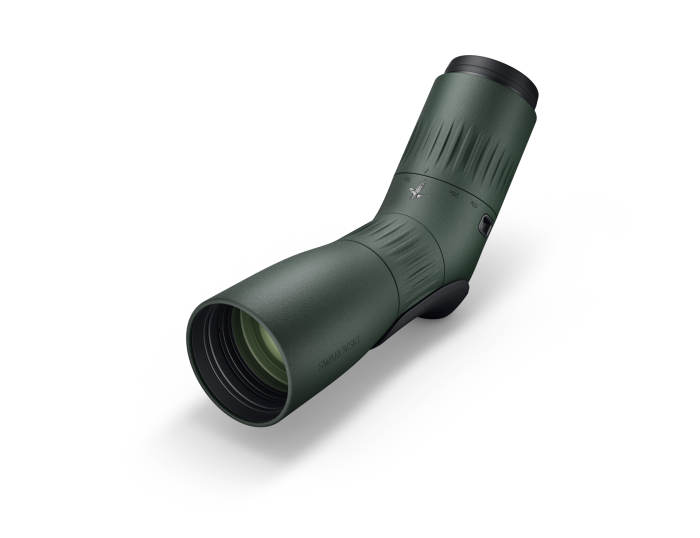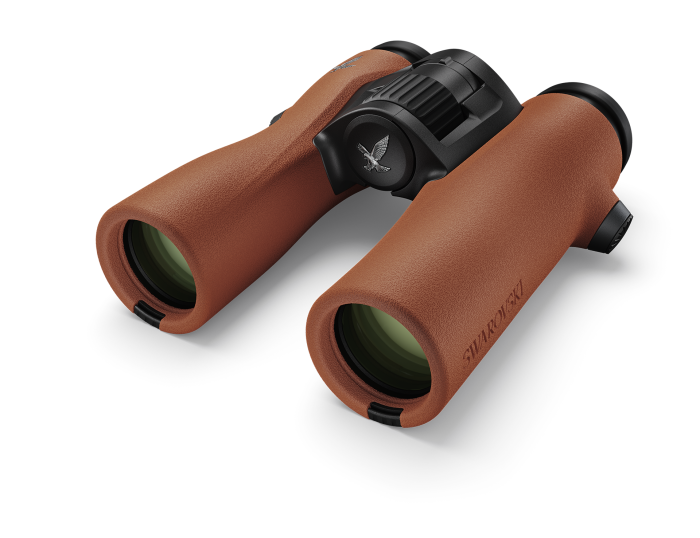I have a soft spot for rugged and rough landscapes. Finding and watching wildlife, especially birds, in barren habitats is my ideal kind of outdoor adventure. Having compact, yet extremely robust and reliable gear is a key to success in every expedition. Excitement level was high when my wildlife filmmaking colleague Mario Kreuzer and I set off to our journey to Norway with the goal to observe and film the display behaviors of two prized inhabitants of the Scandinavian tundra.
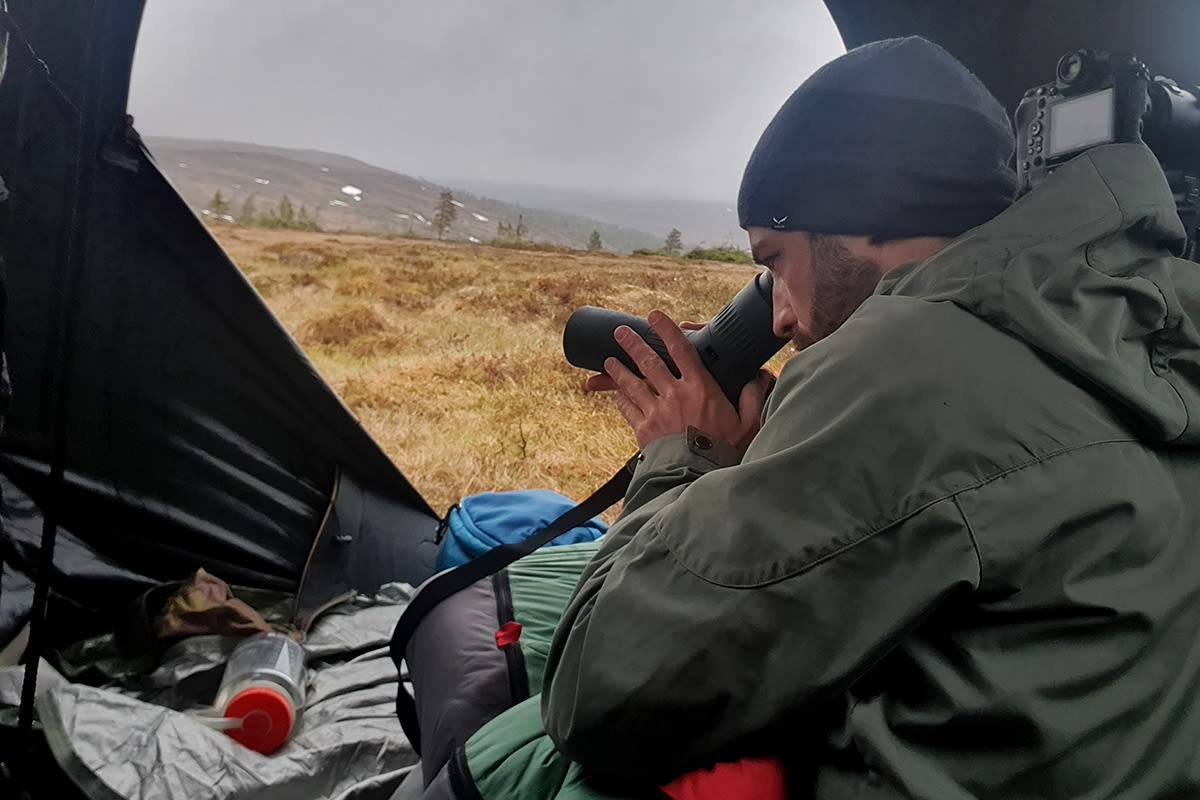
My equipment bag carried a new, splendid addition on this trip: the ATC spotting scope from SWAROVSKI OPTIK. This tiny scope surprised me from the first day, combining outstanding optical quality with unseen handiness. It is small and light enough to fit in every backpack or to be carried hanging from a shoulder. For the first time, I used a hand-held spotting scope for extended observation times. The innovative half shell on its bottom allows to rest the scope on a surface without blocking the focusing wheel, making it an extremely flexible companion with high magnification (17-40x), whether you bring a tripod or not.
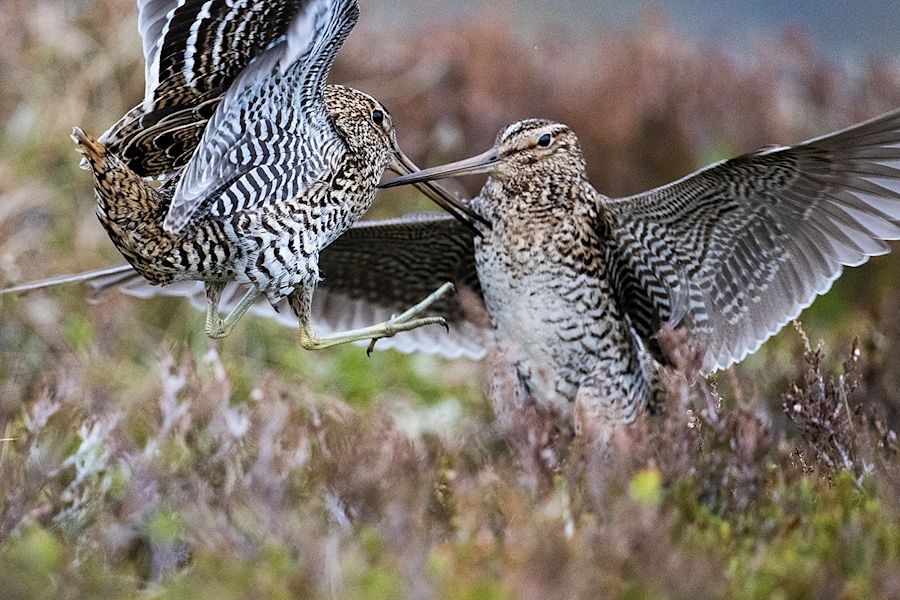
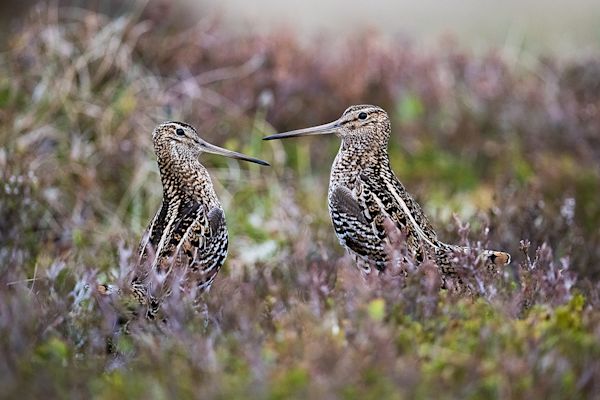
Observing Great Snipes in Central Norway
The first leg of the trip led us to central Norway, where Great Snipes (Gallinago media) gather at their display site (“lek”) in the mountain tundra. We spent two cold, wet nights in wobbly tents to gather the footage we wanted. The males only showed up at the lek in the evening and displayed all night long, well into the morning. Since it never gets completely dark here in the summer, we had twelve hours each night to immerse ourselves in the life of this peculiar shorebird. Even though the weather wasn’t always easy, around twenty birds performed strikingly over some stretches of time.
To spare weight, I only took one tripod up the mountain, which I used for my camera. The ATC spotting scope proved to be a perfect companion, since I could use it hand-held or supported by my backpack to watch the snipes.
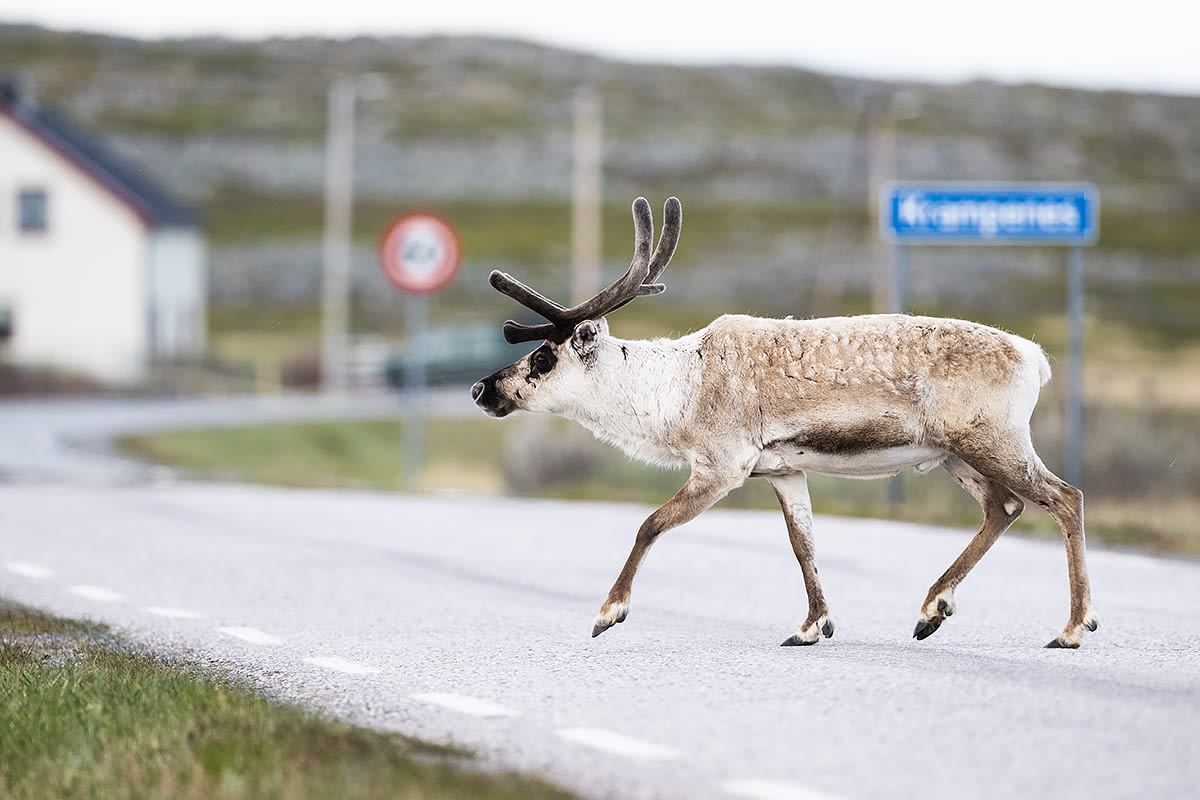
Next stop: Varanger peninsula
From the center of the country, we made our way to the northernmost part. The Varanger peninsula on the northern coast of Norway is a well-known destination for birdwatchers and wildlife photographers seeking arctic species. Even though the area offers so much for the outdoors and wildlife lover, we were fully focused on a bird that holds a special place in my heart: The Ruff (Calidris pugnax). This is another shorebird exhibiting lekking behavior, but contrary to the Great Snipe, male Ruffs sport fancy ornamental breeding plumages. I started studying the migration of Ruffs with GPS loggers in my home country, Austria, this year, where their most important stopover habitat – the Seewinkel salt lakes – could vanish soon forever. Seeing them at the final destination of their long migration, in the arctic midnight sun, among reindeers, Snow Hares (Lepus timidus)and Bluethroats (Luscinia svecica), had been a dream of mine.
We spent several days at two lekking sites and the show was nothing short of spectacular. Waiting at the little space where the males like to meet to show off under the eyes of the females, I had plenty of time to peek into the tundra with the ATC spotting scope to find a beautiful selection of Scandinavian birds, such as Long-tailed Skuas (Stercorarius longicaudus), Red-throated Divers (Gavia stellata) or Greater Scaups (Aythya marila).

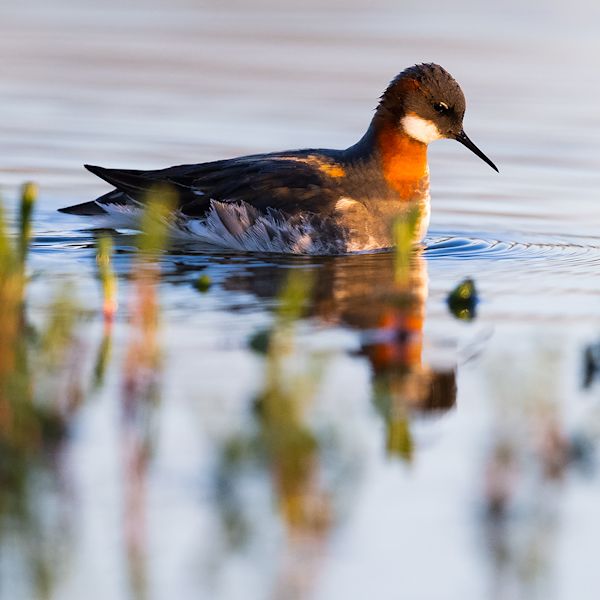
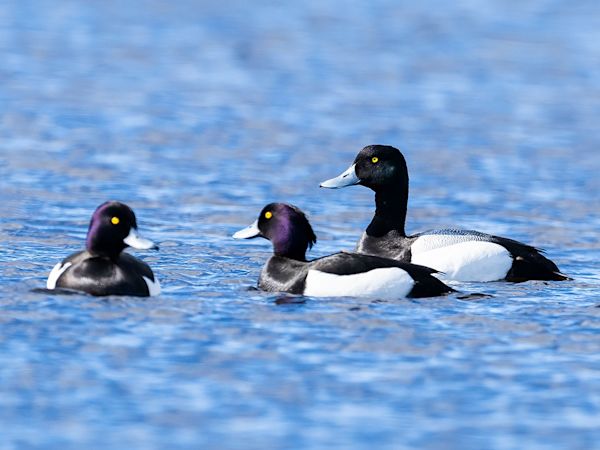

About the Author
Leander Khil
is an ornithologist, birdwatcher and wildlife photographer from Graz and now living in Vienna, Austria. Driven by his love for birds, adventure and the outdoors he travels the world since he was a child. He currently works on a TV documentary on bird migration with his filmmaking colleague Mario Kreuzer.
web: www.leanderkhil.com
Facebook: www.facebook.com/leanderkhil
Instagram: www.instagram.com/leanderkhil
I’m so looking forward to the next outdoor adventures with the ATC spotting scope as my new ultimate travel scope!














